
Narrated
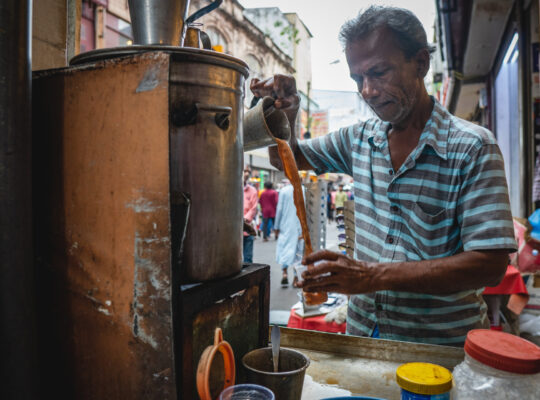
No Longer Sri Lanka’s Cup of Tea
If there is one thing that illustrates the story of the economic crisis in Sri Lanka, it’s milk powder. Integral to the country’s tea culture, it is unaffordable now, forcing locals to find alternatives.
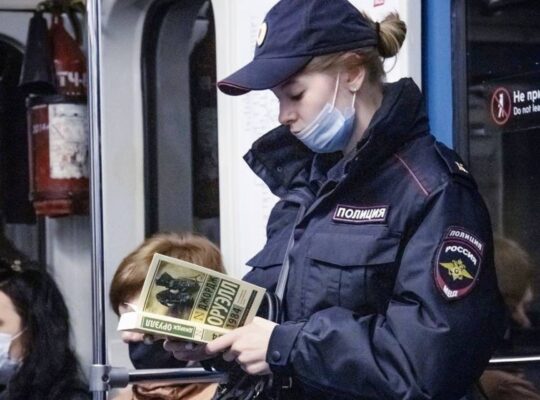
Spinning Orwell
Inscribed in Cyrillic, and in quiet solidarity with Russian objectors to the war, are perhaps 2 million copies of “1984” sitting on Russian bookshelves, whispering the link between the past and the present.
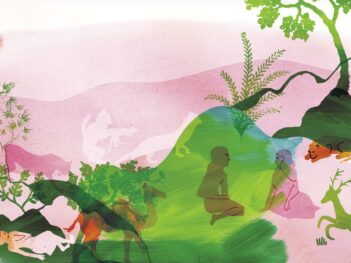
Long Before Shakespeare’s Doomed Youngsters, There Were Majnun and Layla
While the plot of Majnun and Layla is simple enough — boy falls for girl, girl’s father marries her to someone else, boy goes insane with love — the nature and depth of passion at the heart of the story are anything but.

A Story of Pepper, the World’s Most Important and Underappreciated Spice
People changed the grand game. Iberians would rediscover old lands and find ones they called new — changing the fates and fortunes of people in Arabia, South Asia and beyond in the process. And they did all of that for, and with, a bit of the black spice.
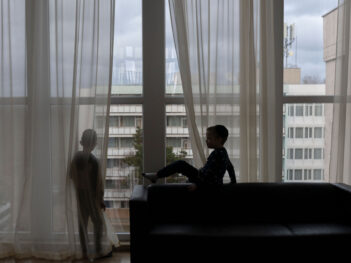
As Refugees in Romania, Ukraine’s Jews Re-Create Their World
Like many of the 8 million Ukrainian refugees who have scattered across much of Europe and other parts of the world since the invasion — the largest refugee crisis since World War II — they stuffed their possessions into wheeled suitcases and parted ways with relatives. They also brought with them their culture: Odesa’s historic Jewish community is often synonymous with the city itself.
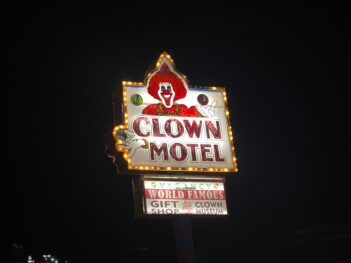
In the American West, a Clown Motel and a Cemetery Tell a Story of Kitsch and Carnage
A little over a century ago, Tonopah, Nevada, was a bustling silver mining town of about 3,000 residents. Then a mysterious illness decimated the population. The American West is full of these sad or violent places now polished for tourism and consumption.
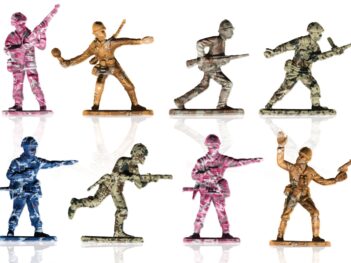
The Empire’s New Clothes (and Everyone Else’s Too)
Combatants nowadays wear a unique camouflage pattern of muted greens and browns. Hundreds of thousands of U.S. troops wear it, as do jihadists, Ukrainian troops and Russia’s mercenaries. Called MultiCam, it was devised after the 9/11 attacks by a crew of art- and engineering-school graduates based in Brooklyn.
